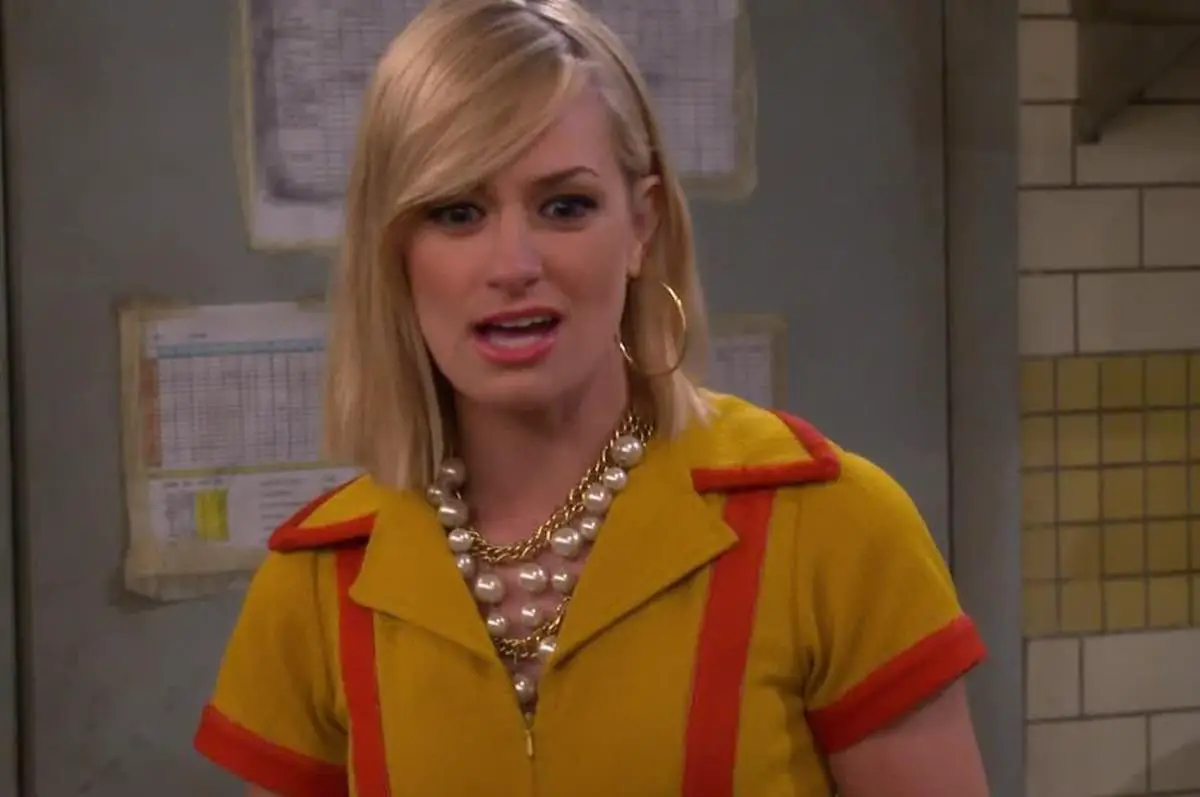As a pretty frequent restaurant patron in New York, I’ve recently noticed that more and more servers across all types of restaurants — from casual establishments to fancier ones — don’t write down my order when I’m selecting from the menu. Aside from wondering whether they’d actually get my order right, this also led me to ponder: Has this become an industry standard? Is there a rule book of sorts that restaurant workers follow? Does an eatery look better if its employees write down orders, or commit them to memory instead?
“There isn’t really an industry standard when it comes to writing down orders versus memorizing them,” said Rick Camac, the executive director of industry relations at the Institute of Culinary Education’s New York City campus. “Either way, servers need to track not only every order but the table and seat numbers as well.”
It follows, then, that jotting down the names of requested dishes in seat order may minimize the potential for error.
That said, folks in the industry seem to agree that memorizing orders is more common at relatively high-end restaurants than it is at casual ones.
“The higher the market segment, the more likely the orders will be memorized,” said Camac. “It is looked at as being more sophisticated to memorize orders in comparison to writing them down.”
Mary King, a former restaurant manager and current editor of website The Restaurant HQ, echoed those sentiments, with a caveat: Overall, using a pen and a pad is still more common than the paperless option.
“Memorizing orders is more common in fine dining restaurants, and writing down the order is more common in casual spots,” she said. “Industrywide, though, I think writing down orders is more common than memorization.”
What’s perhaps most interesting is why fine dining establishments have come to be associated with a lack of order write-ups.
“It is connected to a restaurant’s idea about who is in charge of the guest’s experience,” posited King. “In a fine dining establishment, the chef and staff are ‘in charge.’ Writing down an order would flip this dynamic on its head: The server is literally taking an order from a customer. That’s not high-end. That’s not fine dining.”
Also, fancier eateries frequently offer more streamlined menus that allow for fewer modifications.
“In fine dining, a server doesn’t need to remember the customer’s modifications because the chef is not going to modify the dish,” King said.
No matter the type of venue, it is clear that “taking notes” (as writing down orders is called in gastronomic circles) and memorization practices each come with upsides and downsides.
Pros And Cons Of Writing Down Orders


There is one big benefit to writing out a customer’s order: There is less potential for mistakes.
”It reduces errors and provides a record to refer to if there is a miscommunication or error,” King said. “It also typically makes guests feel more confident that their order will be prepared correctly.”
Although presenting a diner with the correct dish is of utmost importance in the restaurant experience, there is something to be said about the relationship between servers and customers — one that might be negatively impacted by a server taking notes.
“Writing down results in less eye contact with guests,” Camac said. “That takes away from a direct, personal connection with the diners.”
Pros And Cons Of Memorizing Orders


A 2020 study published in the International Journal of Hospitality Management used multiple experiments to dissect the effectiveness of servers memorizing orders, with one finding that there was “no advantage to memorizing orders over writing them down.”
However, another showed that “memorized and correctly delivered entrees resulted in statistically significant increases in customers’ perceptions of service quality and in marginally higher tips.” But messing up orders had a negative impact, as “muddled … orders resulted in lower ratings of service quality and dramatically lower anticipated tips,” the study said.
“When done well, memorized orders are more like a conversation you’d have with a houseguest than a customer,” said King. “That can help a guest feel more connected to the restaurant and excited for the experience they are about to have.”
The Role Of Technology In Restaurant Orders


In recent years, a third ordering method has become more and more common: using hand-held point-of-sale devices, which allow a server to input a diner’s order right at their table instead of moving over to a computer station to enter the information, whether from memory or a pad of paper.
“It reduces the need to write down orders,” King said. “If the handheld is well designed, it can reduce the time it takes for servers to ring in orders; there’s no back-and-forth between tables and the server station.”
King acknowledged that these tools have become more popular for processing payments rather than taking orders.
“The added function of accepting orders is really the secondary function,” she said.This article originally appeared on HuffPost.


Leave a Comment